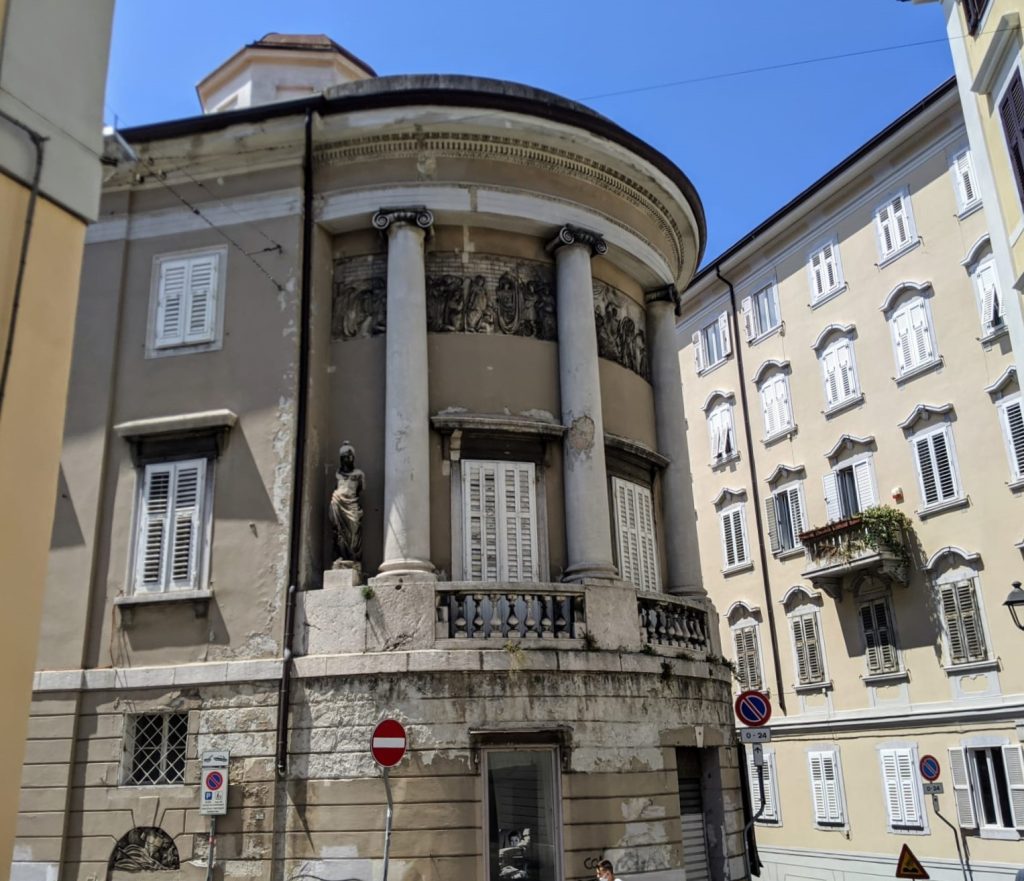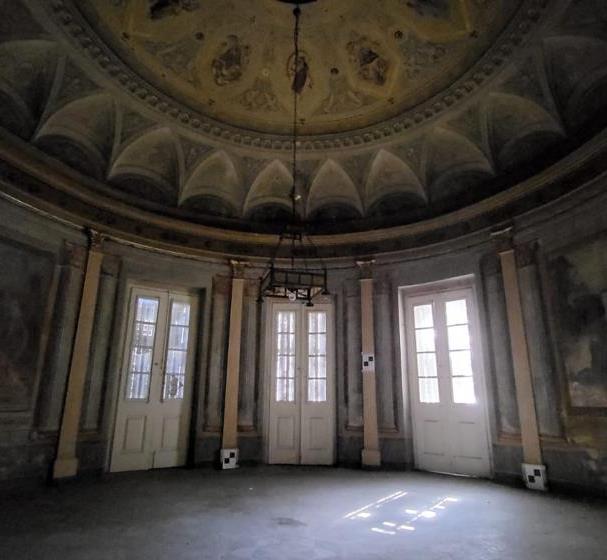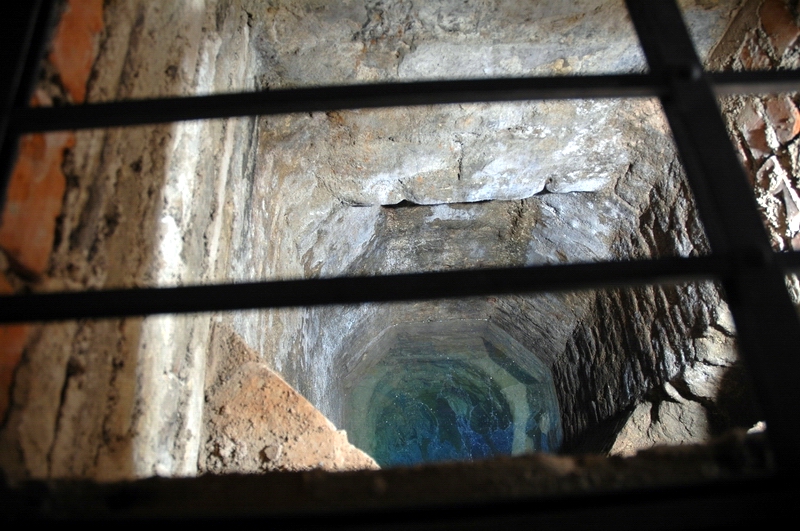by Alessandra Ressa
Just shortly after learning that beautiful Palazzo Carciotti, after decades of abandonment and neglect, may be brought back to its original splendor by Generali, another iconic jewel designed by Matteo Pertsch, Rotonda Pancera, will soon regain its place among Trieste’s most beautiful examples of neoclassical architecture.
Located in via San Michele at the corner with Via della Rotonda in the heart of Trieste’s Medieval hill, the building has been in a pitiful state of abandonment for many decades. Owned by the Venetian family Marchesi Franchin, a few days ago the news of its unexpected sale began circulating in the local papers.

Rotonda Pancera has officially been bought by a local construction company, Toro Costruzioni, for 2.5 million euro. The company plans to invest another 4.5 million euro for its renovation. Inside the beautiful, derelict building, which contains dozens of frescoes protected by the government agency Soprintendenza delle Belle Arti (Ministry of Fine Arts), the construction company plans to build 30 luxury apartments, shops and restaurants. The renovation of the building will probably be closely supervised by Belle Arti personnel in order to preserve its artistic treasures.
What scared potential buyers in the past were the restrictions for the substantial renovations that the building needed. The long and complicated Italian bureaucratic process to obtain permissions for renovation had dissuaded investors so far. Furthermore, in the aftermath of Covid19 and the economic crisis that followed, the sale was believed impossible. Luckily, it is no longer so. Not only will Rotonda Pancera be rescued from decay, but it will offer a chance for home buyers to grab for themselves a unique piece of Trieste history.
The past of the building in itself is quite a story. Commissioned by business executive and magistrate Domenico de Pancera, it was built in 1805 by architect Pertsch on an irregular, steep and unstable lot in contrast with the rest of the more linear Austrian urban plan. It had great columns, rich bas reliefs inspired by ancient Greece and ancient Rome, and the stunning statues of the gods Mars and Minerva by Venetian sculptor Antonio Bosa, still standing today. Inside, the circular dome was covered in spectacular frescos by renowned Trieste painter Giuseppe Gatteri, later painted over to be protected from deterioration. To bring them back to life will be an extremely expensive and difficult procedure.

Around 1850, municipal counselor Felice Machlig bought Rotonda Pancera as his private home. There is a halo of mystery around this man, who was an influential member of the local freemason lodge. Story goes that he built a great underground hall to be used as a temple for secret freemason meetings. Stories in circulation at the time told of beautiful frescos decorating the underground temple that included traditional symbols of masonry, such as the square and the compass. The same symbols can be seen in the bas reliefs behind the front columns. It was believed that under the building there were secret narrow passageways which led to the Jesuit tunnels under today’s imposing church Santa Maria Maggiore. Recent underground explorations by Trieste SAS speleologists, however, determined that the passageways, much older than the building itself, appeared to go nowhere. During the underground investigation, the speleologists found ancient and very deep wells.

Rotonda Pancera has been uninhabited since 1987. One can’t but hope that architect Pertsch’s other neoclassical jewel, Palazzo Carciotti, will soon follow the same fortunate course and be rescued from the state of neglect it has suffered for years.





























